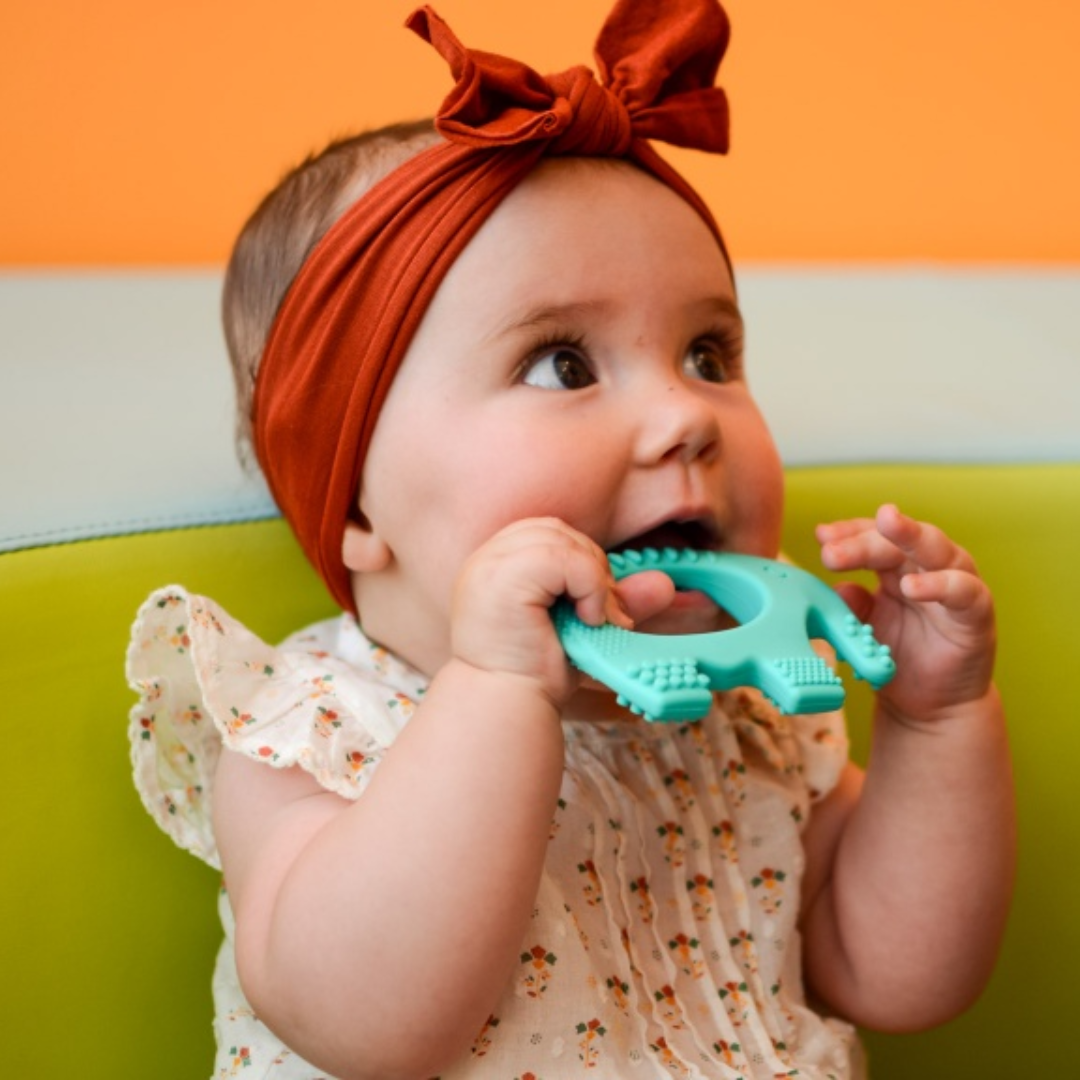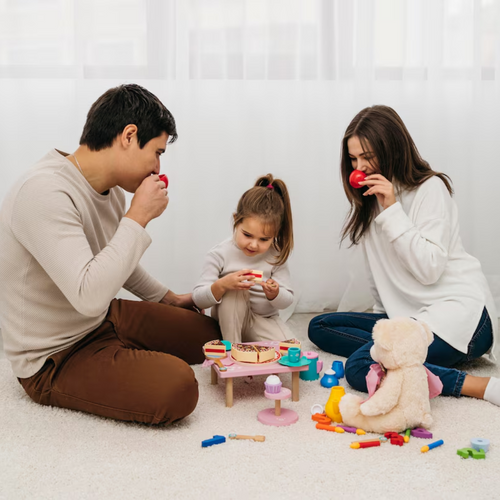
Baby Nail Care: Tips for Keeping Your Little One’s Nails Healthy and Safe
When it comes to caring for a newborn, every little detail matters, and that includes taking care of their nails. Although baby nails might seem like a small part of the overall picture, proper nail care plays an important role in your baby's comfort and safety. Sharp, jagged nails can cause your baby to scratch themselves or others, and improper nail trimming can lead to injury. Here’s everything you need to know about baby nail care to keep your little one’s hands soft, safe, and scratch-free.
Why Baby Nail Care Is Important

Newborn nails grow rapidly and can often become sharp. Babies are also instinctively curious and may scratch themselves while exploring their environment with their hands. Additionally, because babies’ nails are soft, they can bend and break easily, which can cause discomfort or even infection if not handled correctly.
Proper nail care reduces the risk of your baby scratching themselves, which can lead to rashes or infections, and it also helps ensure they’re comfortable as their nails grow. In addition, it’s essential to maintain nail hygiene to keep their hands and the surrounding skin clean and free from germs.
How to Care for Your Baby’s Nails

1. Choose the Right Tools

When trimming your baby’s nails, use baby-specific nail clippers or scissors, which are smaller and designed to prevent cuts. Avoid using regular adult nail clippers, as they are too large and might cause unintentional injury. You can also use a nail file to smooth out any sharp edges if necessary.
2. When to Trim Baby’s Nails
Babies’ nails grow quickly, so you'll need to trim them regularly. Newborns typically need their nails trimmed once a week, but this can vary depending on how fast their nails grow. Check their nails often, and trim them when you notice they are getting long enough to cause scratching or discomfort. Some parents find it easier to trim their baby's nails while they’re asleep, as this helps to avoid sudden movements that can lead to nicks or cuts.
3. The Right Technique for Trimming

- Trim after a bath: Baby nails are softer and more flexible right after a bath, making it easier to trim them without the risk of cracking or injuring the nail.
- Use gentle, slow movements: Whether using clippers or scissors, take your time. Gently press the skin back from the nail to avoid cutting the baby’s finger or causing discomfort.
- Trim straight across: Avoid rounding the corners of your baby’s nails. Trim straight across to prevent the edges from growing into the skin, which can cause painful conditions like ingrown nails.
- File sharp edges: After trimming, use a baby nail file to smooth out any sharp edges. This is particularly important for newborns, whose nails may still be soft and prone to bending.
4. Preventing Scratches
In addition to regular nail trimming, it’s a good idea to take measures to prevent your baby from scratching themselves in the meantime:
- Use mittens: Baby mittens or soft cotton gloves can be worn to prevent scratching, especially in the first few weeks of life.
- Long sleeves: Dressing your baby in clothes with long sleeves can also help keep their hands covered, reducing the chances of them scratching themselves.
5. Keep Nails Clean

Keep your baby’s nails clean and dry to avoid the risk of infection. Since babies are constantly touching their faces, dirty nails can introduce bacteria into the delicate skin. Gently wash your baby’s hands with warm water and soap after meals and before naps, and ensure their nails are clean.
6. Dealing with Broken or Torn Nails

If your baby’s nail gets torn or broken, it’s important to clean the area carefully with warm water. Apply a little antiseptic cream if necessary, and cover it with a small bandage if it looks like it could get irritated. While it's rare, torn nails can sometimes lead to infection if not handled properly. If the tear is severe or causing your baby pain, it’s a good idea to consult a pediatrician.
Baby nail care might seem like a small part of parenting, but it’s important for your little one’s health and safety. And as your baby grows, you’ll find that proper nail care continues to be an essential part of their overall hygiene routine.



